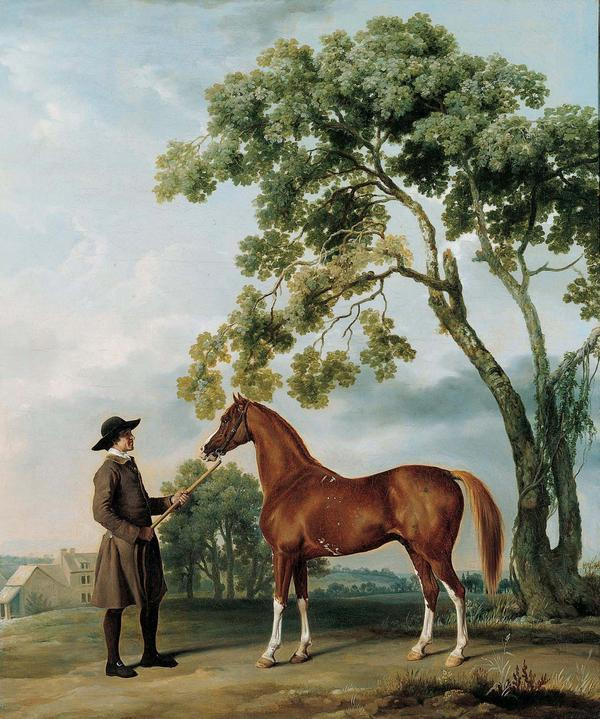
by Patricia N. Saffran
“Do you see that Thoroughbred in the pasture over there with the splotchy paint colors and white socks above the knees? He has to have Quarter Horse in him, but don’t say I told you so.
I could get in a lot of trouble with the Jockey Club if anyone found out I was saying Thoroughbreds aren’t what they’re supposed to be,” so says an anonymous source on a visit to a New York State Thoroughbred farm. Sure enough, the horse in question had a beautiful Thoroughbred conformation but was quite colorful.
Do Thoroughbreds have Quarter Horse in them and is that responsible for the occasional high colors and socks above the knees? What are the genetics responsible for the high colors in both breeds so that one pattern can resemble the other, or more importantly, what are the latest genetic findings?
The Thoroughbred is often described as a purebred horse but this is not the case according to Franco Varola. He modified a French mathematical theory, Dosage Index, for racehorse performance with a points rating to distinguish short distance sprinters against the stamina needed for long distance runners.
In Typology of the Racehorse, J.A. Allen, 1974, Varola writes, “The Thoroughbred in the present-day meaning of the word is neither a pure nor an impure animal, but much more simply a hybrid, obtained by crossing different strains for racing purposes, and by keeping these strains isolated from the remainder of the species of the genus Equus within a register known as the General Stud Book [UK, first published in 1793].”
Varola finds the influence of the founding fathers of the breed in the 18th century too nebulous and prefers to trace them through more recent descendants, who have been bred to each other in what he calls a kaleidoscope of changing parts that remain the same. Regardless, he still refers to Thoroughbreds as hybrids. The notion of hybrid also applies to Quarter Horses.
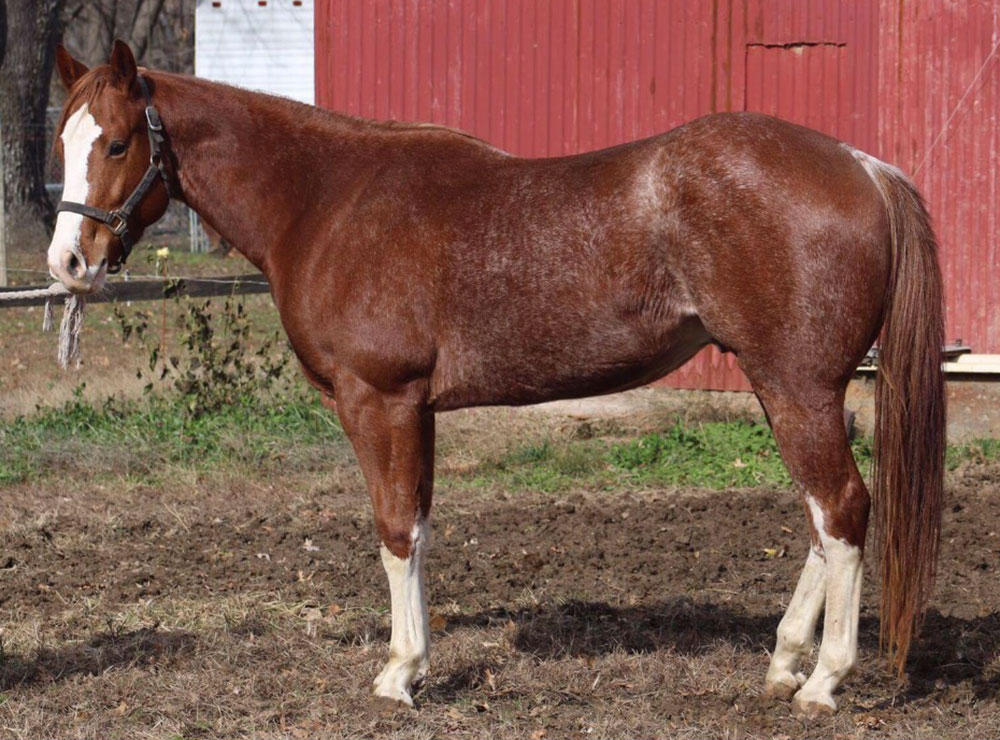
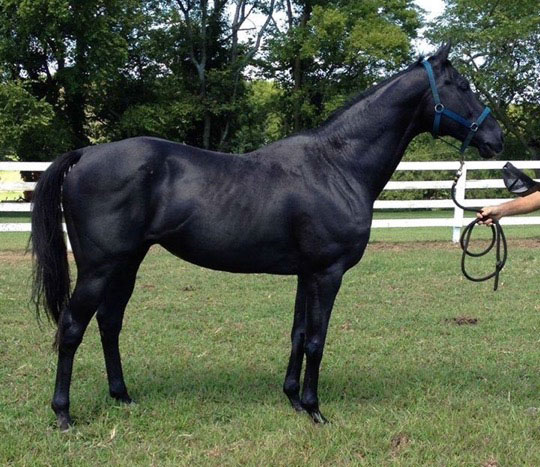
Early on in America, horse enthusiast English colonists in Virginia and the Carolinas developed a compact powerful horse that was called the Celebrated American Quarter Running Horse. The horses’ build made them suitable for agriculture, cow herding and racing. Their preferred distance was then as it is today, a blistering quarter mile sprint.
The first official race, complete with a betting dispute and a resulting lawsuit, was held in 1672 in Westmoreland County, Virginia. Going forward, savvy breeders mixed a cocktail of imported and American Thoroughbred stallions and native Chickasaw and other Indian mares, already comprising Spanish Barb, Iberian and Arabian stock.
What is interesting about this first truly American breed is that their breeders started the first stud book here, before the Thoroughbred breeders got the notion to do so, and herein lies the confusion.
In an article, America’s Original Breed of Horse is Still Celebrated, Richard Chamberlain writes, “The first studbook for any breed published on this continent was compiled by Patrick Nisbett Edgar in 1833. Edgar’s studbook listed 63 American Quarter Horse stallions and mares and their pedigrees . . . Edgar’s studbook was the basis for Sanders Bruce’s studbook, which was first published in 1873 and became The Jockey Club’s American Stud Book for Thoroughbreds.
Bruce deleted most of Edgar’s references to American Quarter Horses, though he did include the pedigrees of 55 of the 63 American Quarter Horses exactly as Edgar described them. Those American Quarter Horses went into The Jockey Club registry, and their descendants today are registered as Thoroughbreds.”
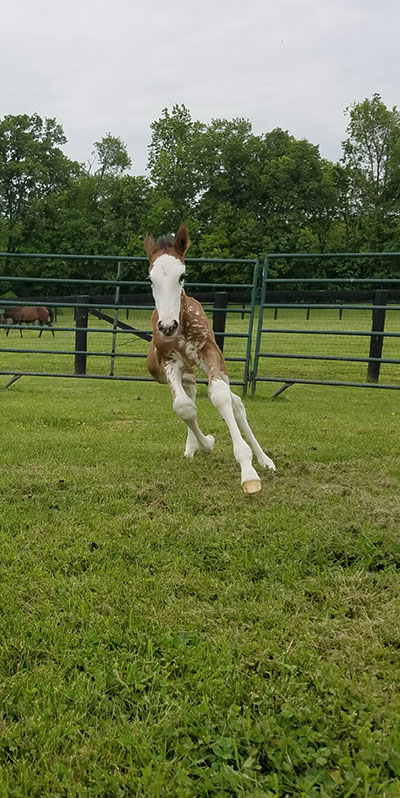
This Fusaichi Pegaus colt's dam is TCF Nightlife and was one of the first horses ever identified with the recessive dominant white gene and the named coloring of Smoky black. She a registered black TB as well as an APHA registered paint.
It turns out that both Thoroughbreds and Quarter Horses, comprising American Paint Horses, are hybrids and there is similar loud color patterning in some individuals. A misguided Thoroughbred historian recently wrote to me, “That coat pattern — splashes of white, along with spots and ticking, has been present in the Thoroughbred since the origins of the running horses in England.
The fact is, at least some Quarter Horse and Paint color patterns derived from the Thoroughbred.” This historian goes on to claim that sabino coloring, an ancient white patterning, is the key common factor, but this is incorrect. There are also breeders and horse owners who in general refer to white spotting as sabino, and this may also be an error because it is too broad.
The Sabino 1 genotype (SB1) coloring does occur in Quarter Horses (and also American Paint Horses, Tennessee Walkers, and others). The latest genetics research reveals that SB1 does not occur in Thoroughbreds (or Standardbreds, Arabians, and others).
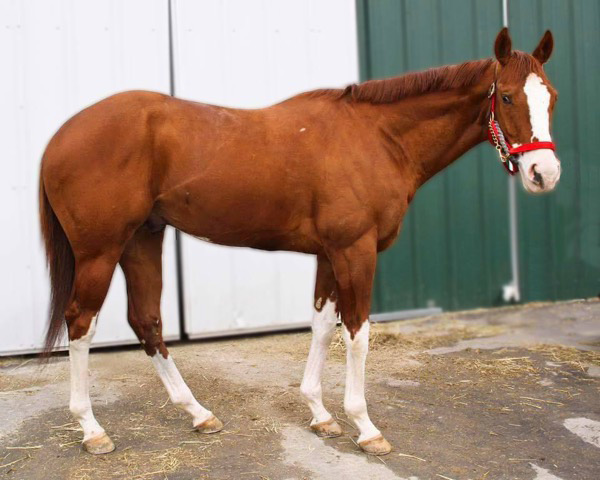
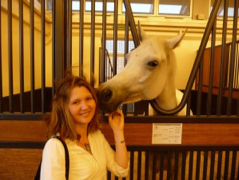
Samantha A. Brooks, PhD, Assistant Professor of Equine Physiology, Dept. of Animal Sciences, University of Florida, Gainesville, discovered the molecular genetic variant underlying Sabino 1.
She explains, “Sabino 1 is far older than any of our modern breeds; first appearing in Mongolia some 5000 years ago. The oldest Sabino 1 sample, from carbon dating, is from 2500-3000 BC.
“The name ‘sabino’ may give us another clue as I have heard that it refers to something that originates in the Sabine region in central Italy. Hypothetically, the sabino allele [a viable DNA coding on a position on a gene that is dominant or recessive] was circulating in European populations around the time of the formation of the Thoroughbred.
That being said, I’m not aware of any Thoroughbred horse bearing the SB1 genotype. Presence of high white markings in the Thoroughbred is due to other alleles - W20 [a white variant], Overo [white spotting over dark], or other unknown variants. There are alleles in the W [white] series that cause some of the really loudly marked Thoroughbred horses, and these do have some visual similarities to SB1. There are genetic reasons for those similarities, but they are still all distinct alleles.”
Sabino coloring, possibly named for the Sabine tribe west of ancient Rome, or the area where they lived, could refer to a number of historic periods in this area. Domesticated horses were peripatetic. They were used for worship, racing, trade, agriculture and war. Theoretically, many breeds and variant color coats like the sabino, were dispersed over the map.
To understand how sabino white patterning, and high color came to be part of equine populations, it is helpful to trace their development in a time line. Around 12,000 BC, wild horses were bay or bay/dun. Depending on which scientific study is followed as a guide, horse domestication took place between 6000-4000 BC around the Eurasian Steppe.
At around 4000 BC horses were bay or black. In one study, the date for horse domestication is later in the same area, when there was an explosion in colored horses, at about 3000 BC. An interest in selective breeding for color seemed to be the likely reason, and this is when chestnut, tobiano, sabino, buckskin, and black silver coat colors made their appearance.
You can find more interesting articles in our section on Health & Education.

































